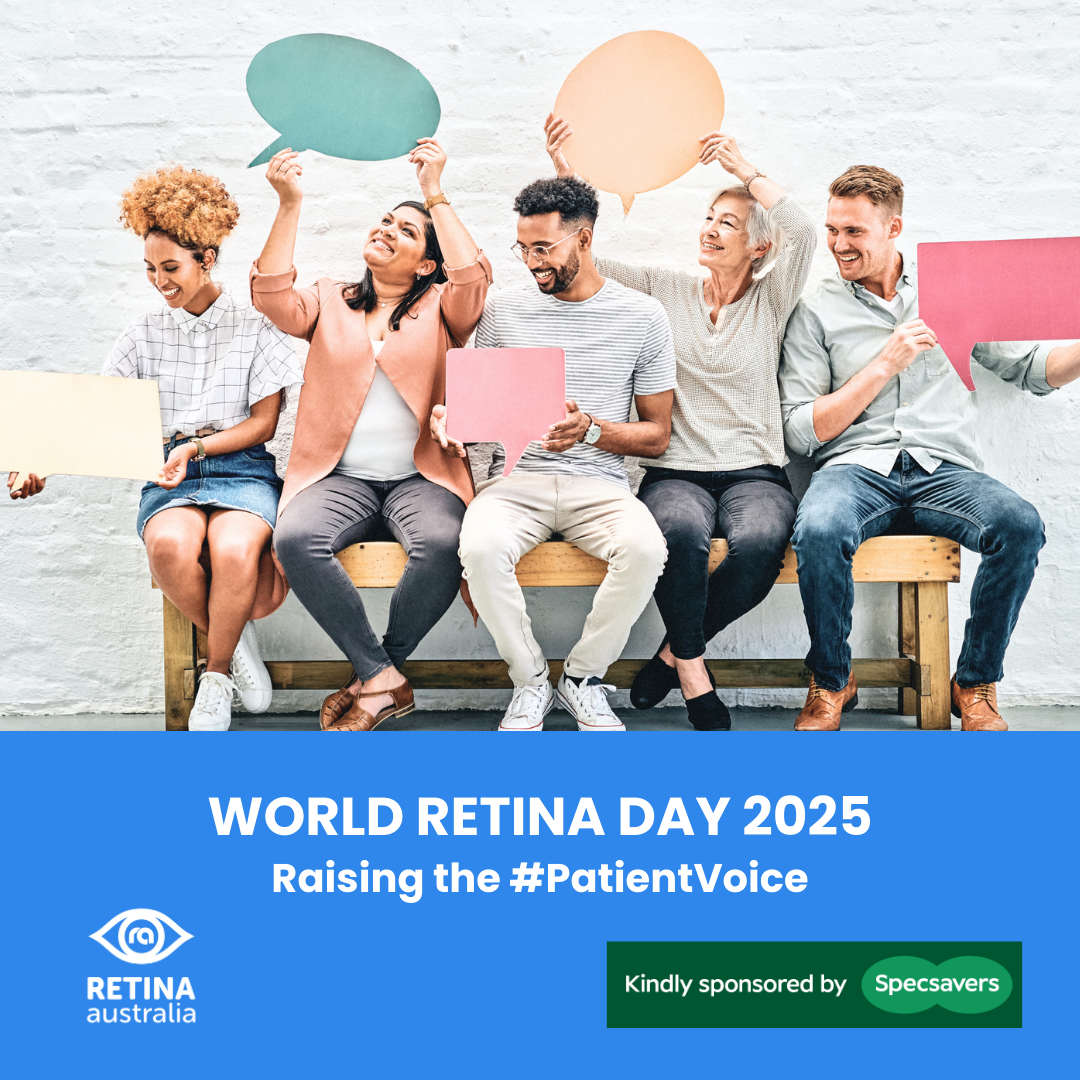19 July, 2023
A research study recently published in the Australian Medical Journal, “The health care and societal costs of inherited retinal diseases in Australia: a microsimulation modelling study” (D.Schofield et al, 2023), revealed that societal costs associated with IRDs are much larger than the health care costs.
Key report highlights
- The known: IRDs have significant cost implications, both for people with these disorders and for their families. Comprehensive information about the costs of IRDs in Australia, however, have not been published.
- The new: Using a microsimulation model, we estimated an overall lifetime cost of $5.2 million per person with an IRD. Societal costs, including government support and lost income for people with impaired sight and their families, accounted for 87% of all costs, health care costs for only 13%.
- The implications: To correctly assess the cost-effectiveness of IRD treatments, including genomic testing and gene therapies, the substantial societal costs of IRDs must be taken into account.

Research Abstract
Objective
To estimate the health care and societal costs of inherited retinal diseases (IRDs) in Australia.
Design, setting, participants
Microsimulation modelling study based on primary data — collected in interviews of people with IRDs who had ophthalmic or genetic consultations at the Children’s Hospital at Westmead or the Save Sight Institute (both Sydney) during 1 January 2019 – 31 December 2020, and of their carers and spouses — and linked Medicare Benefits Schedule (MBS) and Pharmaceutical Benefits Schedule (PBS) data.
Main outcome measures
Annual and lifetime costs for people with IRDs and for their carers and spouses, grouped by payer (Australian government, state governments, individuals, private health insurance) and type (health care costs; societal costs: social support, National Disability Insurance Scheme (NDIS), income and taxation, costs associated with caring for family members with IRDs); estimated annual national cost of IRDs.
Results
- Ninety-four people (74 adults, 20 people under 18 years; 55 girls and women [59%]) and 30 carers completed study surveys (participation rate: adults, 66%; children, 66%; carers, 63%).
- Total estimated lifetime cost was $5.2 million per person with an IRD, of which 87% were societal and 13% health care costs.
- The three highest cost items were lost income for people with IRDs ($1.4 million), lost income for their carers and spouses ($1.1 million), and social spending by the Australian government (excluding NDIS expenses: $1.0 million).
- Annual costs were twice as high for people who were legally blind as for those with less impaired vision ($83 910 v $41 357 per person). The estimated total annual cost of IRDs in Australia was $781 million to $1.56 billion.
Conclusion
As the societal costs associated with IRDs are much larger than the health care costs, both contributors should be considered when assessing the cost-effectiveness of interventions for people with IRDs. The increasing loss of income across life reflects the impact of IRDs on employment and career opportunities.
https://retinaaustralia.com.au/new-research-the-health-care-and-societal-costs-of-inherited-retinal-diseases-irds-in-australia/
Other Blogs

World Retina Day 2025
Every year, World Retina Day shines a spotlight on the millions of people living with inherited retinal diseases and other retinal dystrophies. These conditions affect not only vision, but...

World Research Summary by Dr Catherine Civil
Hot Off The Press Check out below to see what new inherited retinal disease (IRD) therapies are in the pipeline. I...

Have your say – First GA treatment being considered for PBS subsidy
Do you have geographic atrophy? If you or someone close...
